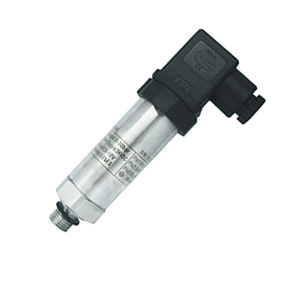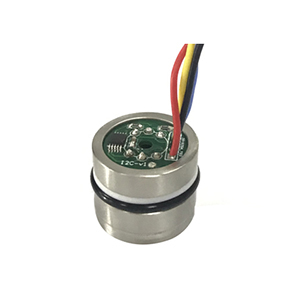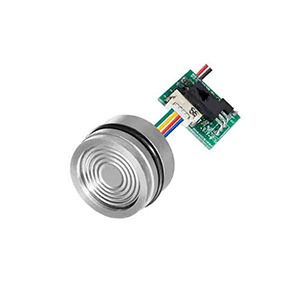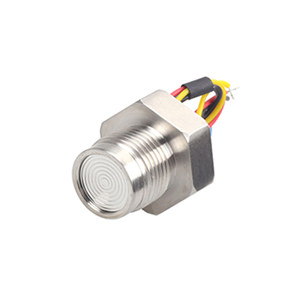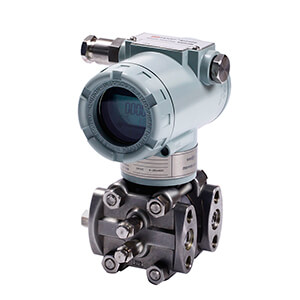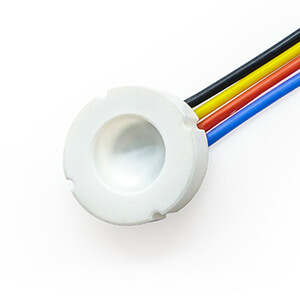What is Temperature Hysteresis for Pressure Sensor?
Temperature hysteresis is a specific type of error that can affect pressure sensors.
It refers to the phenomenon where the sensor’s response to temperature changes depends not only on the current temperature but also on the history of temperatures the sensor has been exposed to.
For example,
- Let’s consider a pressure sensor that has been operating at 20°C and is then exposed to a temperature of 30°C.
- The sensor’s output might change by a certain amount due to this temperature increase.
- If the sensor is then cooled back down to 20°C, you might expect its output to return to the original value.
However, because of temperature hysteresis, the sensor’s output at 20°C after being heated and then cooled may not be the same as its output when it was first at 20°C.
This can be depicted with a graph where the X-axis represents the temperature and the Y-axis represents the sensor’s output. Without hysteresis, the graph would be a simple curve, but with hysteresis, the curve forms a loop.
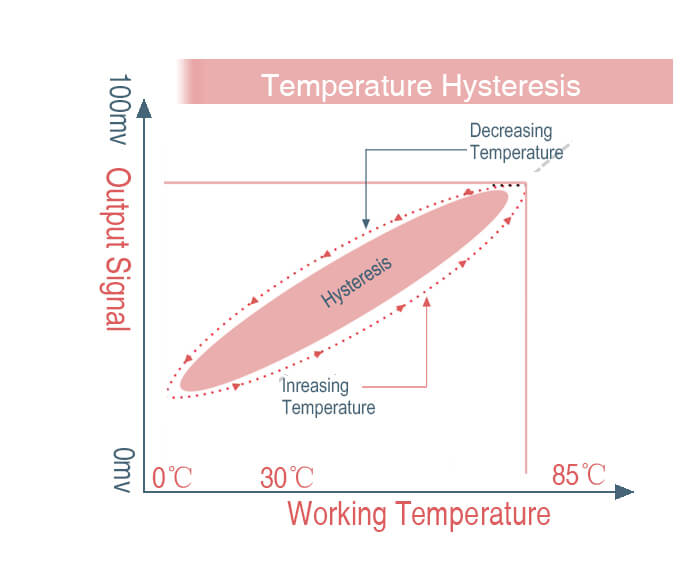
In terms of technical specifications, temperature hysteresis, as the same as pressure hysteresis, is typically expressed as a percentage of full scale (%FS).
For instance, a datasheet might specify the temperature hysteresis as ±0.2% FS.
This means that if the full-scale output of the sensor is 100 psi, the output, after going through a cycle of temperature changes and returning to the original temperature, could be off by as much as ±0.2 psi.
To minimize the effects of temperature hysteresis, manufacturers use materials with low hysteresis characteristics and apply special manufacturing processes.
In some cases, temperature hysteresis can be compensated for in software, especially in smart sensors where an onboard microcontroller can apply the necessary corrections to the output signal.
What is the different relationship between Temperature Hysteresis and Pressure Hysteresis?
Temperature hysteresis and pressure hysteresis are related, but they refer to different phenomena in the context of pressure sensors.
Temperature Hysteresis:
This refers to the change in the sensor’s output at a particular pressure due to changes in temperature, even when the pressure returns to its initial value.
For example,
If a sensor’s output is 0.47437 mv/V 12bar @25°C;
it might read 0.47061 mv/V 12bar @-40°C;
If heat back to 25°C, the reading might now be 0.47407 mv/V 12bar @25°C;
Above data was derived from the real test for ESS01 MCS Pressure Sensor;
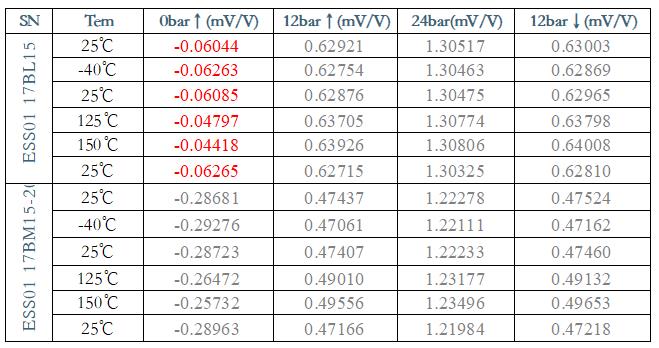
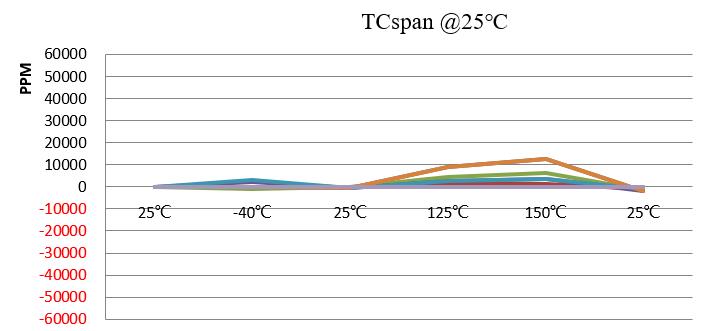
Click to download the datasheet: Datasheet of ESS01 Pressure Sensor
Temperature hysteresis can be more pronounced in certain sensor materials and designs.
For example,
Silicon-based pressure sensors may exhibit different levels of temperature hysteresis compared to those based on other materials like stainless steel or titanium.
The effects of temperature hysteresis can be particularly noticeable in applications where the sensor is exposed to wide temperature swings or rapid temperature changes.
For example, in outdoor applications, pressure sensors may be exposed to significant daily and seasonal temperature variations.
In such cases, temperature hysteresis could cause significant shifts in the sensor’s output, even if the actual pressure remains constant.
Pressure Hysteresis:
This is the variation in the sensor’s output at a particular pressure, depending on whether the pressure is increasing or decreasing.
Let’s say a sensor reads 50 psi as the pressure increases from 40 psi.
If the pressure is then decreased from 60 psi to 50 psi, the sensor might now read 49.5 psi. This difference is due to pressure hysteresis.
In terms of technical specifications, both types of hysteresis are often expressed as a percentage of full scale (%FS).
For example, a sensor might have a temperature hysteresis of ±0.2% FS and a pressure hysteresis of ±0.1% FS.
This means that the sensor’s reading could vary by up to ±0.2% of the full-scale reading due to temperature changes and by up to ±0.1% due to pressure changes.
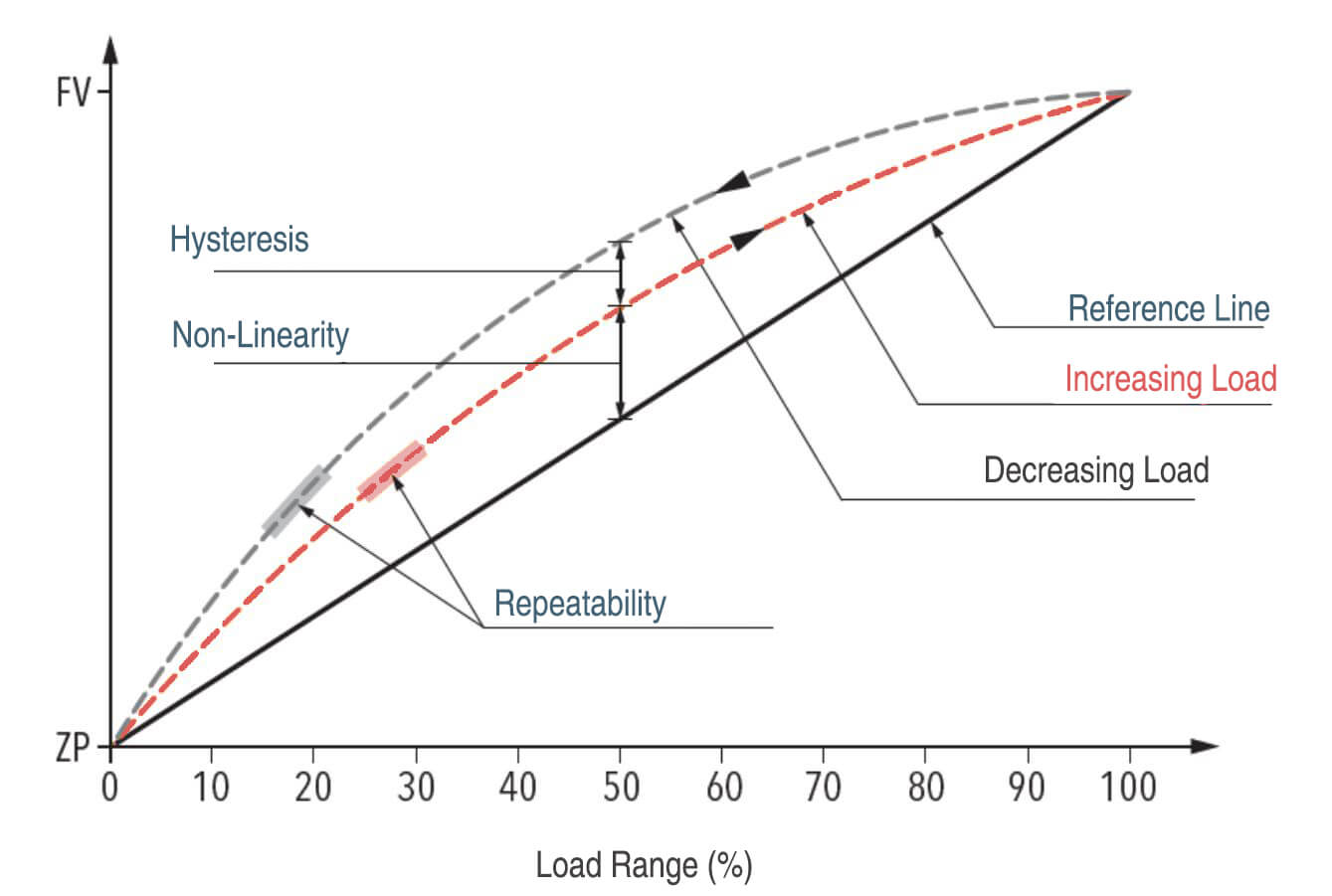
Pressure hysteresis can impact the measurement accuracy and repeatability of a pressure sensor in cyclic or pulsating pressure applications. Imagine a scenario where a pressure sensor is used to monitor the pressure in a system that regularly cycles between high and low pressures.
If the sensor exhibits significant pressure hysteresis, the sensor’s readings at a particular pressure point could vary depending on whether the pressure is on an upswing or a downswing.
Minimizing Hysteresis
The strategies to minimize these two types of hysteresis are similar and include careful material selection, advanced design techniques, precise manufacturing processes, and calibration and compensation techniques.
In addition, modern digital pressure sensors can incorporate real-time compensation algorithms to further reduce the impact of hysteresis on the sensor’s output.
However, they are typically addressed separately in the sensor design and specification because they are caused by different physical phenomena.
For details content how to reduce both kinds of hysteresis, please find the last part of the post directly
Take an easy understanding example
1.Temperature Hysteresis Example
Suppose we have a pressure sensor with a full-scale range of 100 psi and a specified temperature hysteresis of ±0.5% FS.
We start at room temperature (20°C), and the sensor reads a pressure of 60 psi.
If the temperature rises to 40°C, the sensor reading might change, let’s say to 61 psi.
This change is expected due to the temperature coefficient of the sensor.
However, if we cool the sensor back down to 20°C, we might expect the sensor to read 60 psi again, but due to temperature hysteresis, it might read 60.3 psi.
This is because of the ±0.5% FS temperature hysteresis, which means the reading could vary by as much as 0.5 psi (0.005 * 100 psi) after a cycle of temperature changes.
2. Pressure Hysteresis Example
Now, let’s consider a pressure sensor with a full-scale range of 100 psi and a specified pressure hysteresis of ±0.2% FS.
Let’s suppose the sensor reads 50 psi as the pressure is increasing from 40 psi.
If the pressure then decreases back down to 50 psi from a higher pressure (say 60 psi), we might expect the sensor to read 50 psi again.
However, due to pressure hysteresis, the sensor might now read 49.8 psi.
This is because of the ±0.2% FS pressure hysteresis, which means the reading could vary by as much as 0.2 psi (0.002 * 100 psi) after a cycle of pressure changes.
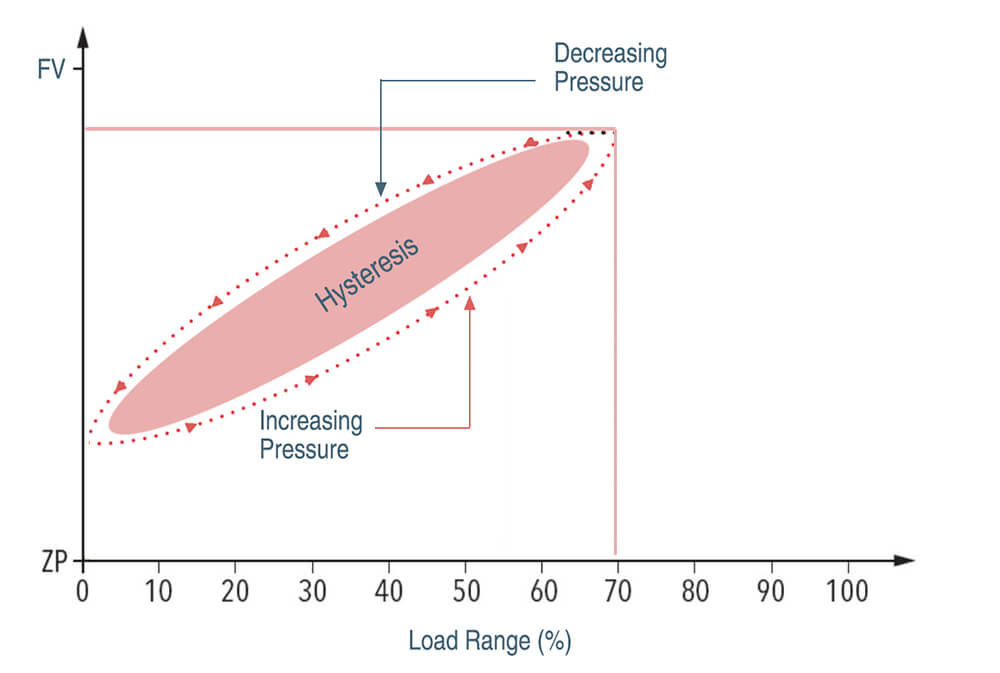
These examples illustrate the importance of understanding and compensating for hysteresis in pressure sensors, particularly in applications where high accuracy is required.
Solutions to reduce both Temperature and Pressure Hysteresis
Reducing both temperature and pressure hysteresis in pressure sensors involves multiple strategies, each of which contributes to the overall accuracy and reliability of the sensor.
Material Selection:
Certain materials, such as specific grades of stainless steel or certain types of piezoresistive materials, exhibit lower hysteresis characteristics compared to others. These materials are often used in high-accuracy pressure sensors to minimize hysteresis.
Design Techniques:
The design of the pressure sensing element can significantly influence hysteresis. For instance, employing specific diaphragm designs or stress relief structures can help reduce both temperature and pressure hysteresis.
Manufacturing Processes:
Advanced manufacturing techniques, such as certain curing processes or annealing, can reduce the propensity of the sensor materials to exhibit hysteresis.
High-precision machining and assembly processes can also help ensure that the sensing elements perform as expected across a wide range of temperatures and pressures.
Calibration:
Calibration across the sensor’s full temperature and pressure range can help account for hysteresis effects. During calibration, the sensor’s output is recorded at various known temperatures and pressures, and these data are used to establish a correction curve or table.
Compensation Techniques:
Modern pressure sensors often incorporate microcontrollers that can apply real-time corrections to the sensor’s output based on the calibration data. These digital compensation techniques can significantly reduce the effects of both temperature and pressure hysteresis.
Sensor Fusion:
In some cases, the use of multiple sensors, possibly of different types or technologies, can help to compensate for the hysteresis of individual sensors. The outputs from the different sensors are combined, often in a weighted manner, to produce a final pressure reading.
Noted:
While these strategies can significantly reduce the effects of both temperature and pressure hysteresis, it’s important to note that completely eliminating hysteresis is currently beyond the reach of modern technology due to the inherent physical properties of the materials used in sensor construction.
However, with careful design, material selection, manufacturing, and calibration, it’s possible to create pressure sensors that offer high accuracy and reliability, even under changing temperature and pressure conditions.

